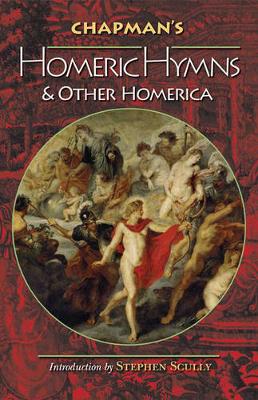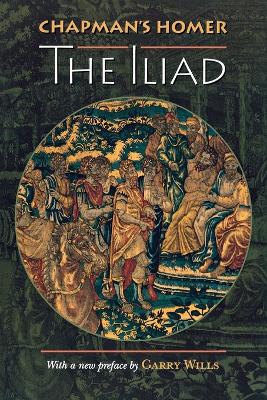Bollingen Series (General)
2 total works
George Chapman's translations of Homer - immortalized by Keats' sonnet - are the most famous in the English language. Swinburne praised their 'romantic and sometimes barbaric grandeur,' their 'freshness, strength, and inextinguishable fire.' And the great critic George Saintsbury wrote, 'for more than two centuries they were the resort of all who, unable to read Greek, wished to know what the Greek was. Chapman is far nearer Homer than any modern translator in any modern language'. This volume presents the original text of Chapman's translation of the Homeric hymns. The hymns, believed to have been written not by Homer himself but by followers who emulated his style, are poems written to the gods and goddesses of the ancient Greek pantheon. The collection, originally titled by Chapman "The Crowne of all Homers Workes," also includes epigrams and poems attributed to Homer and known as "The Lesser Homerica," as well as his famous "The Battle of Frogs and Mice."
George Chapman's translations of Homer are the most famous in the English language. Keats immortalized the work of the Renaissance dramatist and poet in the sonnet "On First Looking into Chapman's Homer." Swinburne praised the translations for their "romantic and sometimes barbaric grandeur," their "freshness, strength, and inextinguishable fire." The great critic George Saintsbury (1845-1933) wrote: "For more than two centuries they were the resort of all who, unable to read Greek, wished to know what Greek was. Chapman is far nearer Homer than any modern translator in any modern language." This volume presents the original (1611) text of Chapman's translation of the Iliad, making only a small number of modifications to punctuation and wording where they might confuse the modern reader. The editor, Allardyce Nicoll, provides an introduction and a glossary. Garry Wills contributes a preface, in which he explains how Chapman tapped into the poetic consonance between the semi-divine heroism of the Iliad's warriors and the cosmological symbols of Renaissance humanism.

